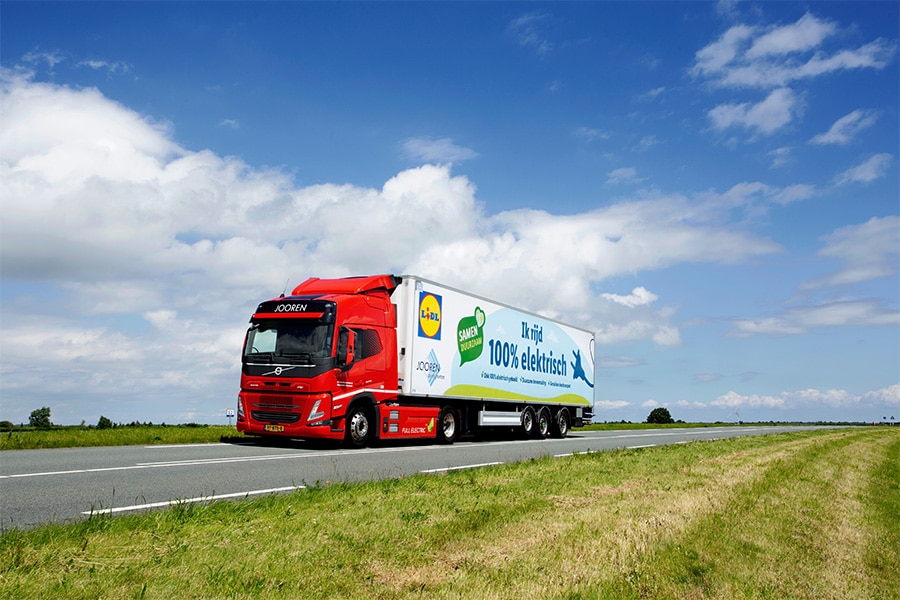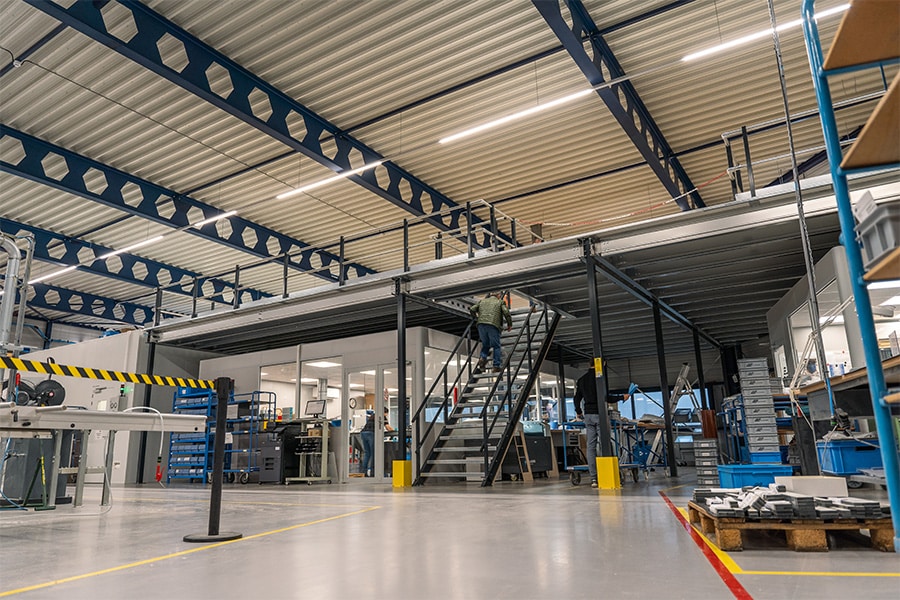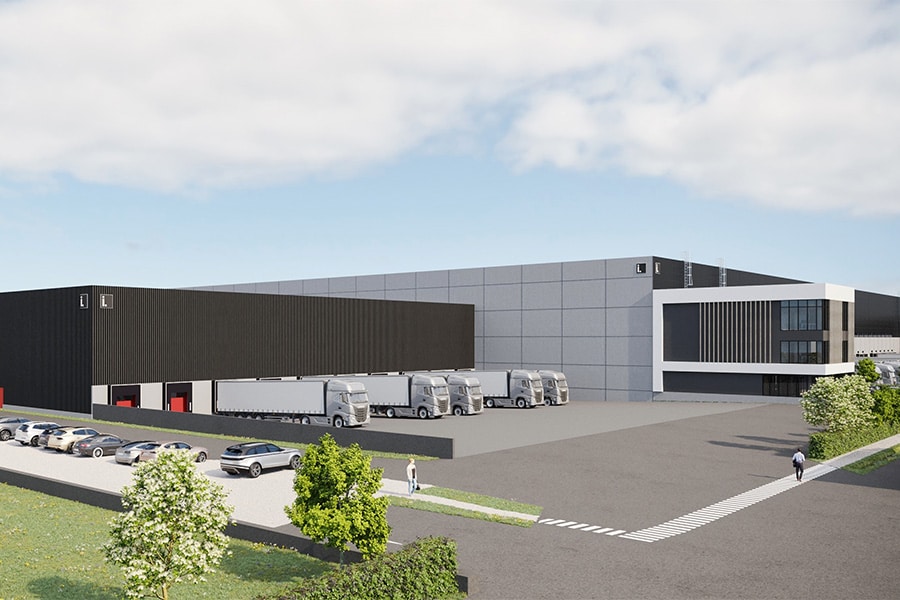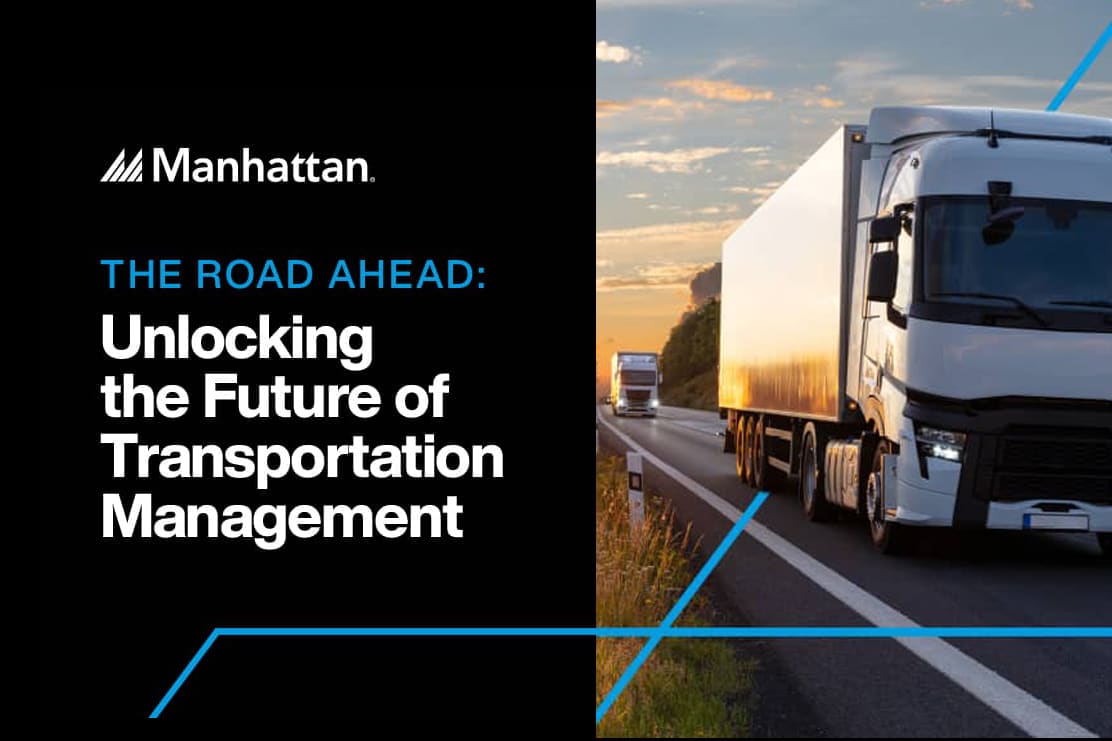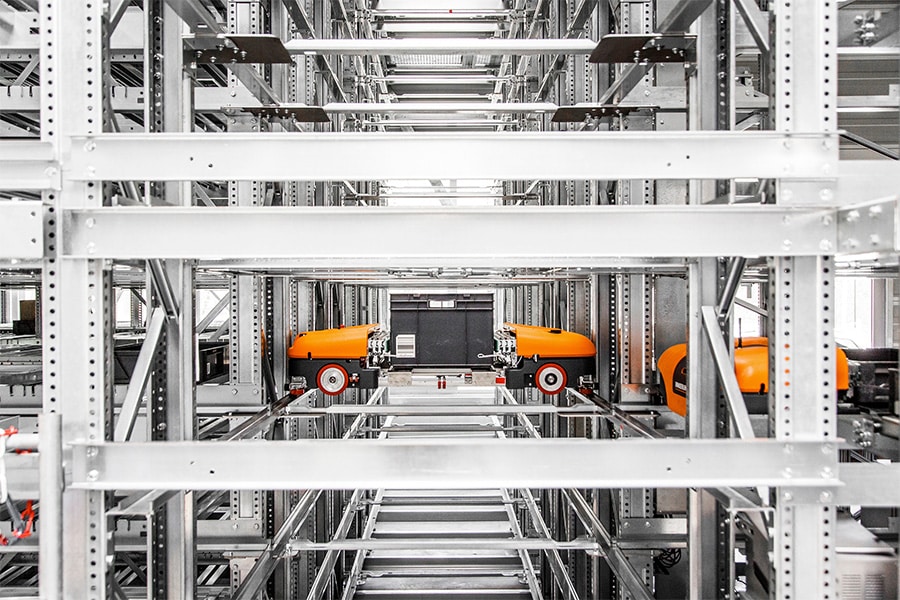
Impact of intralogistics changes on warehouse automation
The pandemic and the rapid rise of e-commerce are examples of events that have had quite an impact on (infra)logistics and thus on warehouse automation technology. Over the past decade, for example, order picking has become a lot smarter, more accessible and efficient. Nobody has a crystal ball, though, so how do you make sure your warehouse automation is future-proof? Who better to ask than Wilco van de Veerdonk? He has been working for twenty years at internationally operating Vanderlande, supplier of transport systems for internal logistics. As Director Benelux, Nordics & Central Europe, he is responsible for sales, implementation and service in these regions.
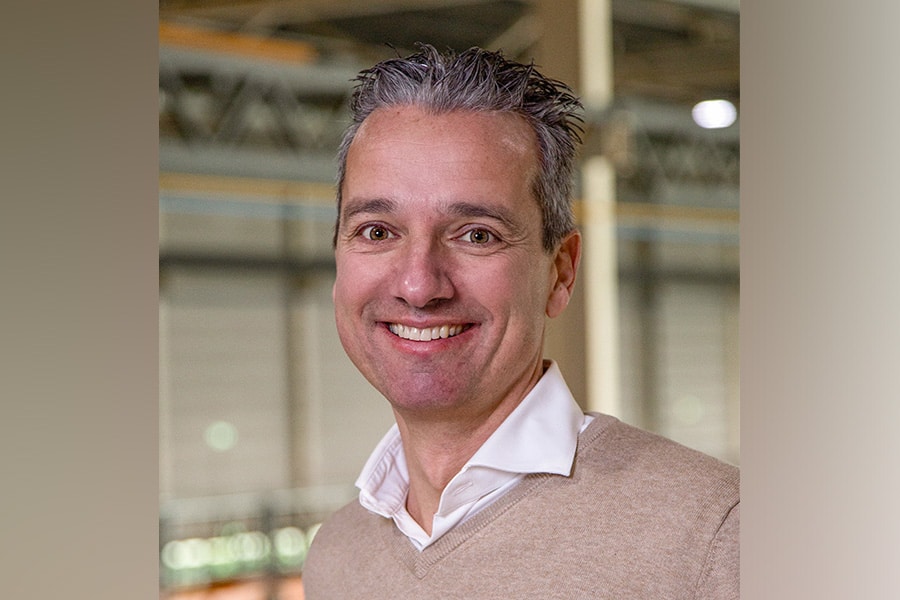
"A well-known reference of ours in the Netherlands is Albert Heijn. Because of this, there is sometimes an erroneous perception that we are only interested in these kinds of large projects. However, we have invested heavily in the development of smaller components and systems that are scalable. This makes our warehouse automation not only future-proof, but also accessible to companies that need a relatively small system. Or companies that want to start small but have the option to scale up later."
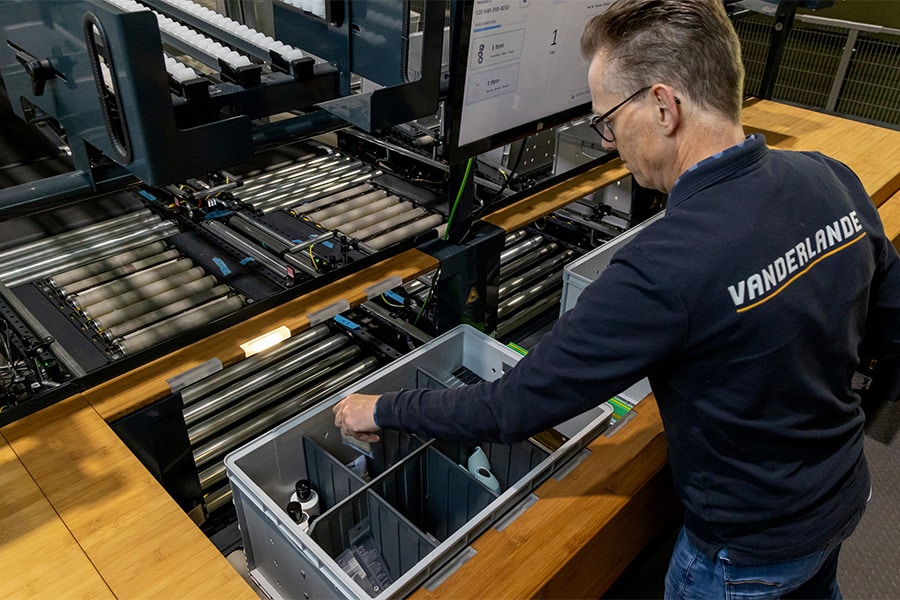
Flexibility
This brings us directly to one of the main trends of the past decade: scalability. "In the past, companies like ours actually provided rather 'unwieldy' components. These were inflexible and therefore inefficient when the customer's order profile changed. Think of a switch in operations or shifting the focus from retail to e-commerce. The latter, of course, happened frequently during the pandemic. That's why we invested heavily in developing smaller components. In our case, that is ADAPTO. This intelligent system is based on shuttle technology that does not depend on how order profiles develop. In addition, we have included a sorting and sequencing function in the construction of our shuttle. This allows you to pick orders in any order. That contributes enormously to efficiency."
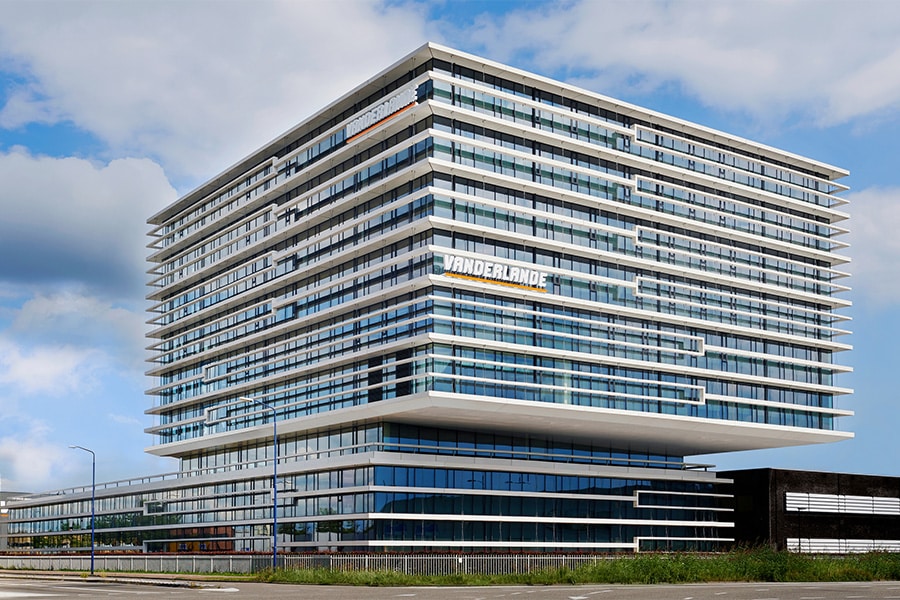
Such features greatly reduce the number of sorting steps and thus save considerable time. After all, the warehouse ensures that the arrangement of items in the roll container seamlessly matches the arrangement of the recipient's aisles and racking. "So this also makes it much easier for you as a customer to say: today I'm going to pick retail and tomorrow I'm going to pick e-commerce."
We owe all this progress to the continued development of software and shuttles. "With the conveyors of traditional systems, this is impossible. But because our shuttles can move freely through the warehouse without waiting for each other, every conceivable order of order picking is possible and you achieve this flexibility."
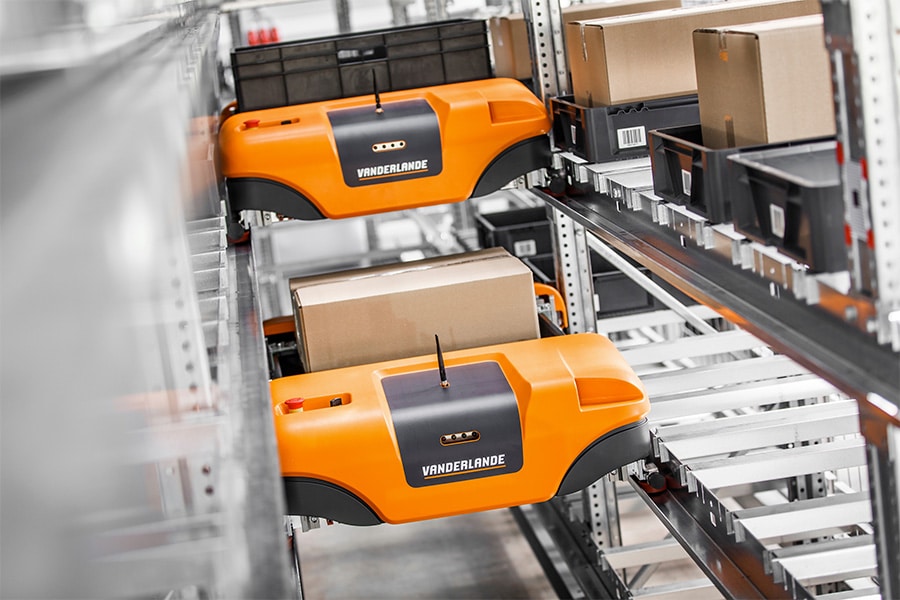
Fast delivery
Another phenomenon that has had a major impact on the industry is the changed demands regarding delivery times. Today, "ordered today, delivered tomorrow" is more the rule than the exception. Consequently, warehouse breakdowns have become even more undesirable. "To tackle these, our systems are controlled by intelligent software, so that a breakdown has only limited impact and products are always accessible."
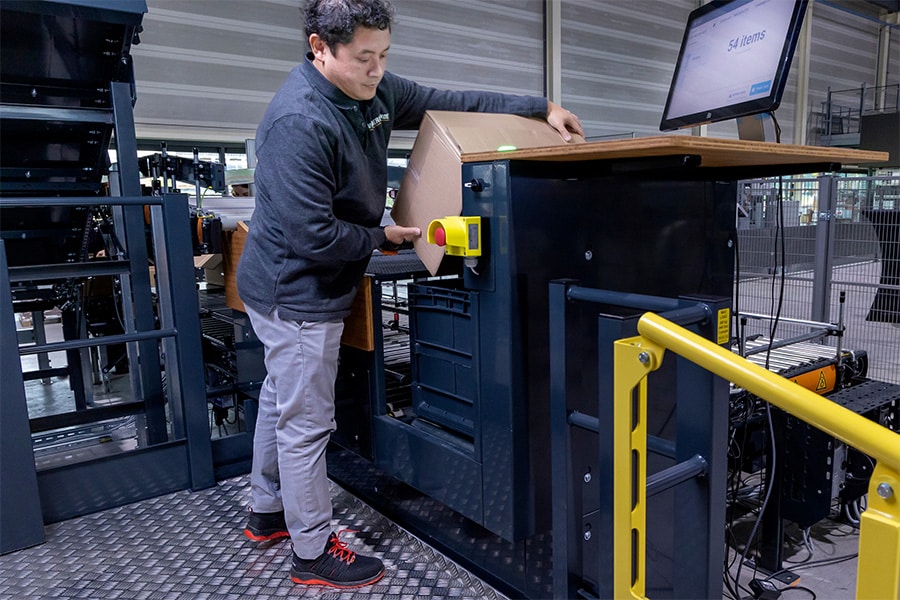
Health & safety
One factor that has also had an impact is the greater role that health and safety have begun to play in the workplace. "In this, Australia and England in particular have been the trendsetters. We want to be at the forefront of health and safety. A safe environment for our customers and our mechanics is at the basis of our solutions. In addition, ergonomics still plays an important role. That trend actually started about 20 years ago and then blew over from Scandinavia."
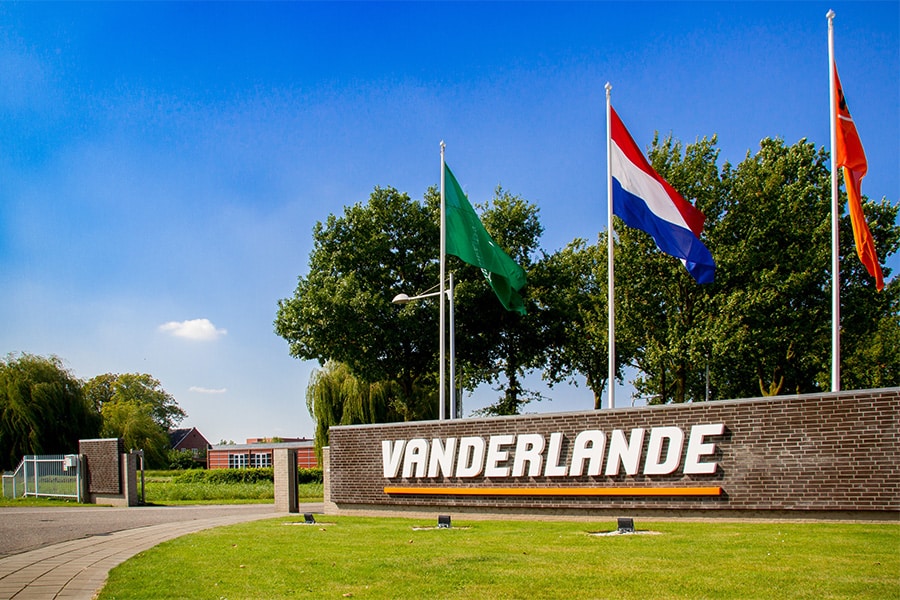
Sustainability
And then, of course, there is the trend no one can ignore at the moment: sustainability. "Ten years ago, the sustainability aspect played a lesser role in our customers' choices. But it has become a big gamechanger. Nowadays it really is a decision criterion and sustainability is also allowed to cost quite a bit. We have an in-house team that calculates the footprints of our systems and provides insight in a simple way into which components or materials are less environmentally harmful. This helps the customer make a decision. We have also made sure that our conveyors are automatically switched off when no packages have passed for a few seconds."
Concluding, Van de Veerdonk says, "In warehouse automation, experience and customization play a major role if you want to be able to seamlessly translate customer requirements into an automation solution. We hear that our customers greatly appreciate the fact that we are a so-called integrator. Vanderlande has its own products, but we will look for the best solutions for each individual case. And if that means there is a good product available complementary to our product range, we will choose that and integrate it into our solution."
